You’re getting ready to launch your SaaS product globally.
You need protected information translated so you can communicate with a patient.
You need to discuss student progress with a parent who has limited English proficiency.
What do all of these scenarios have in common?
They all need translation services. Whatever your reason for needing translation, your next step is vetting translation companies.
Use the four criteria below to find a great translation company:
- 1. Expertise and Experience
- 2. Translation Quality and Process
- 3. Data Security and Privacy
- 4. Reliability
1. Expertise and Experience
To understand a company’s experience in translation, look at the company’s time in business. The longer a company has operated, the more projects it has completed. A company’s longevity can indicate experience. If you’re considering a newer translation company, look at the experience its leadership has in the industry.Evaluating a company’s expertise is a little different. Find out if the translation company has completed projects like yours before. If you’re in a niche industry, you may want to look for more specialization in your niche.
Next, you need to learn about the company’s translator network. Depending on your needs, evaluate the network on breadth and depth. Breadth matters if you’ll request translations in a number of languages. If you just need one or two languages, the breadth of the company’s translator network may not matter.
The depth of the translator network is all about expertise. Look for a translation company that contracts with native speakers who live in a country where that language is spoken. You should also check that translators have experience in your industry, whether it’s tech, education, manufacturing, legal contracts, etc. Industry experience ensures familiarity with jargon and specific terms so that they’ll be translated correctly.
2. Translation Quality and Process
Unless you speak the target language, it’s hard to know how good a translation is. Instead, you need to evaluate the translation process and quality assurance checks a company offers.The International Organization for Standardization (ISO) has developed criteria for translations to ensure consistency. Your translation company should know what these are and follow them.
Beyond following ISO guidelines, your translation company should have a clear translation process that includes multiple quality checks.
First, the translation company should look at the project details and give you an estimate. Once, you’ve approved the project, it’ll go to a translator. While most translation companies use translation software to lower costs and increase speed, you want a human translator working on it to ensure a high-quality end result.
Once the translation is finished, it should be edited and reviewed. Once any errors are fixed, it moves into formatting. In formatting, the translation will be put into context. For example, the translated text for a flyer, would be put back into the original flyer design.
Next, is final proofing where an in-context linguistic analysis is completed in case any translation errors slipped through. Then, the translation is finally ready to be delivered to you.
3. Data Security and Privacy
Privacy matters to your business. As you get websites, apps, legal contracts, etc. translated, you want to keep your competitive edge by ensuring your company’s proprietary information is not disclosed to others. Your translation company should have up-to-date data security practices and be willing to sign non-disclosure agreements.Depending on your industry, you may need a translation company that complies with HIPAA, FERPA, and GDPR rules. If your translations need to meet specific regulatory requirements, check that your translation company understands and follows them.
4. Reliability
Many factors combine to make a translation company reliable. Most importantly, you want to understand how good its customer service is. Observe how the company responds to your questions. Ask about what happens if there’s an issue with the final translation.You should also understand what the final product will look like. Learn how the translation company formats and delivers the translation. Make sure you’ll get a ready-to-use product.
On your translation projects, you’ll have a budget and a timeline. Ask how the translation company ensures projects are on budget and on time. Another consideration for costs and timeline is finding a company that can help you balance those limitations successfully against translation quality. While it’s always best to have the highest quality translation, it’s nice to have some flexibility.
Thoroughly vetting translation companies will help ensure you pick one that meets your needs, delivers high quality translation products, and offers responsive customer service.
Your marketing and informational materials will be connect better with your target audiences.
You’ll set your global launch up for success.
Your patient will understand important health information.
Your student’s parents will be able to support their academic success.


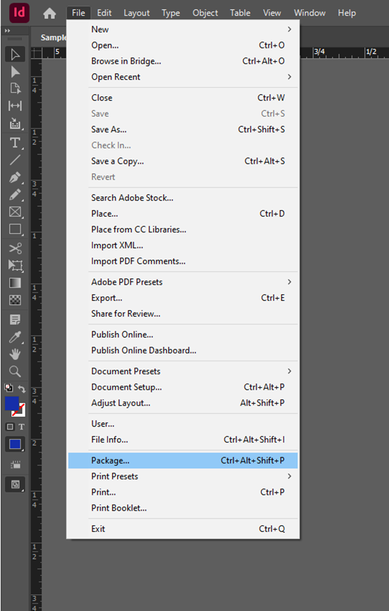
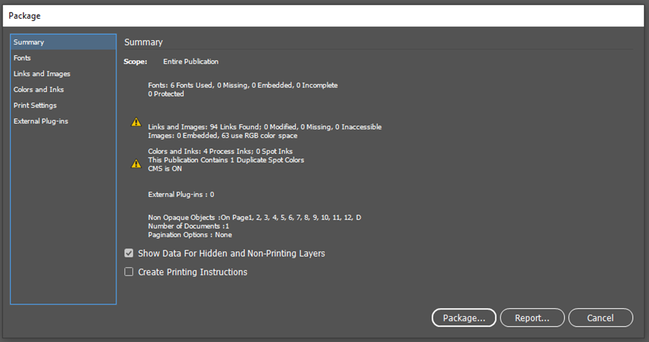
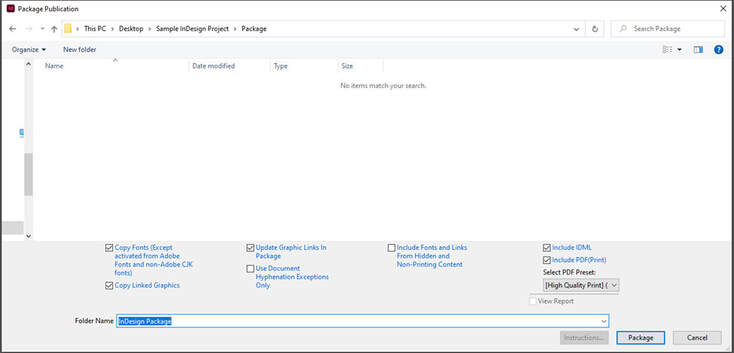

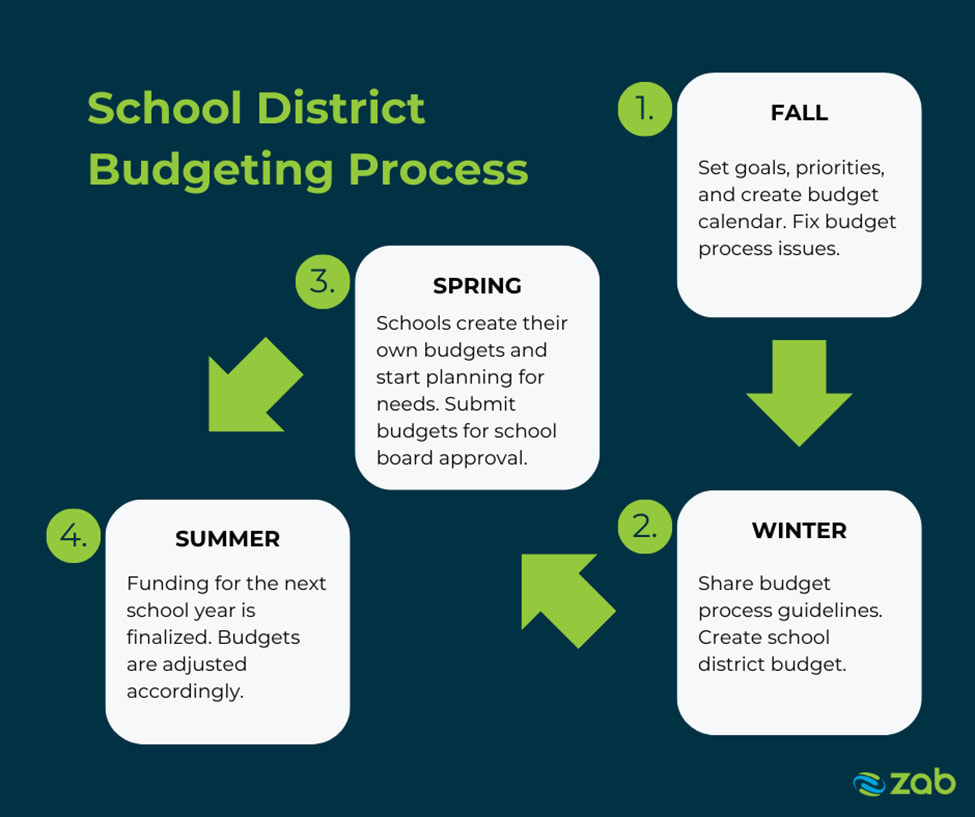
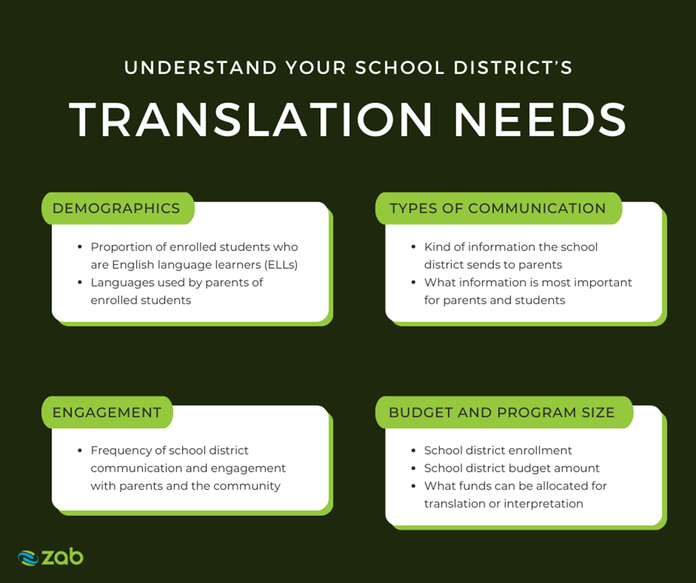
 RSS Feed
RSS Feed